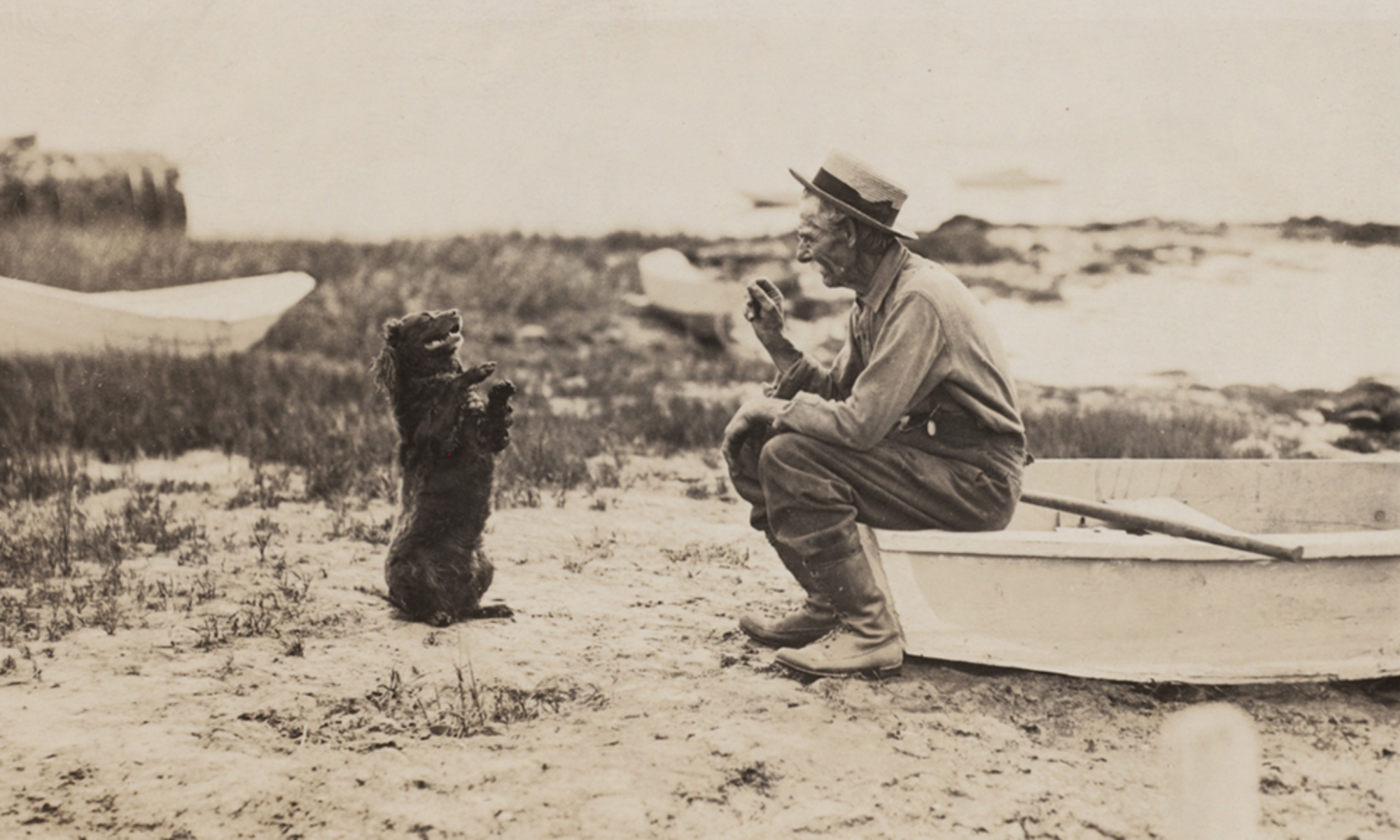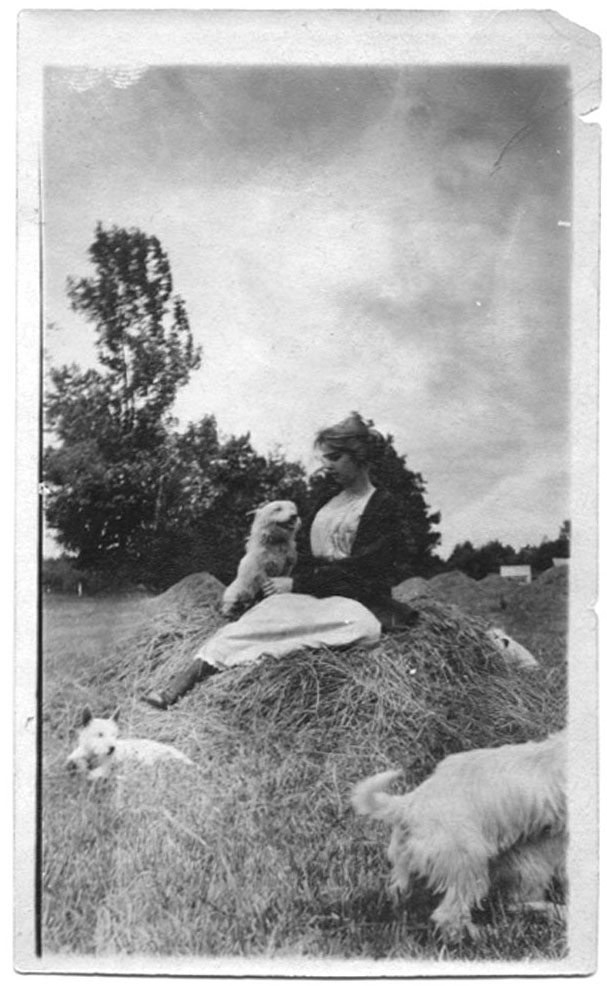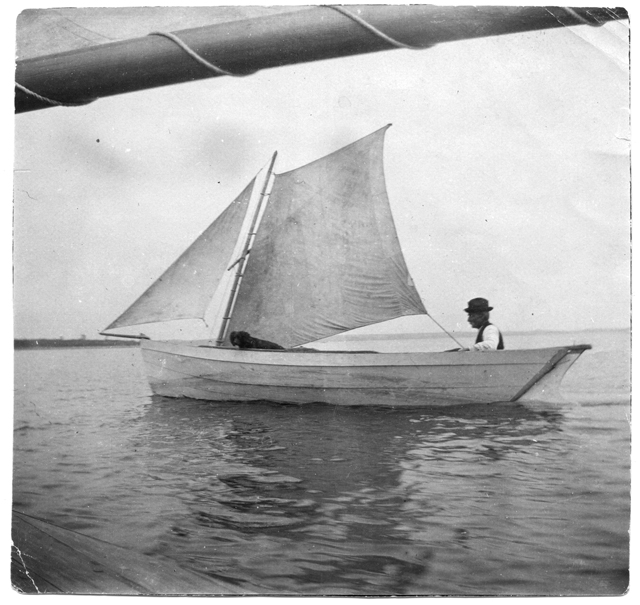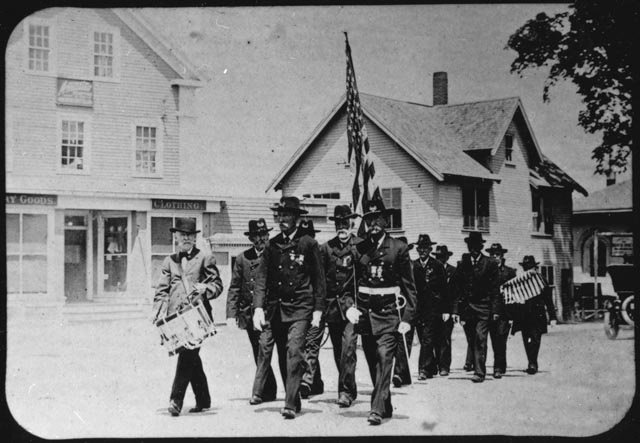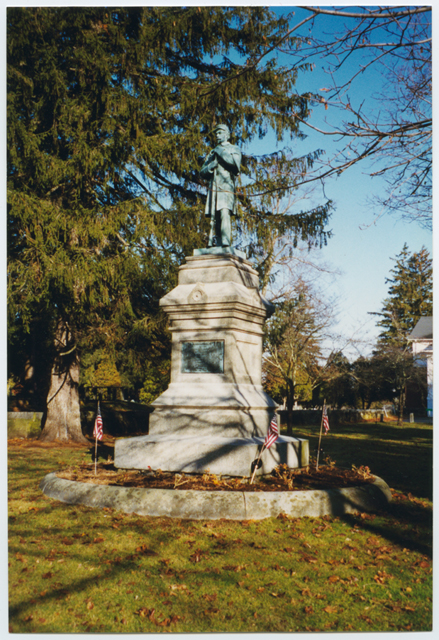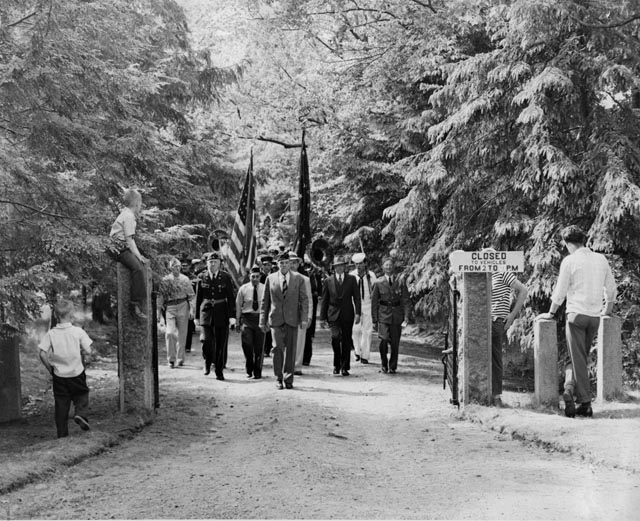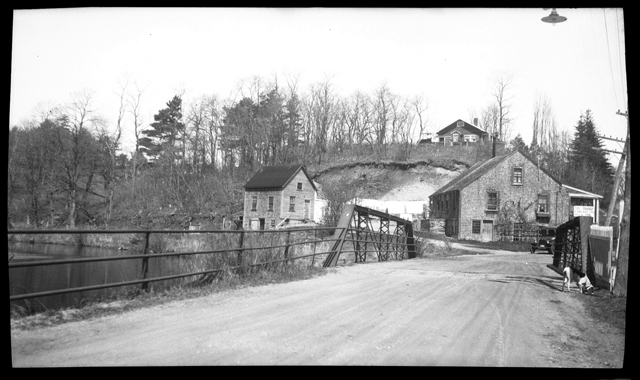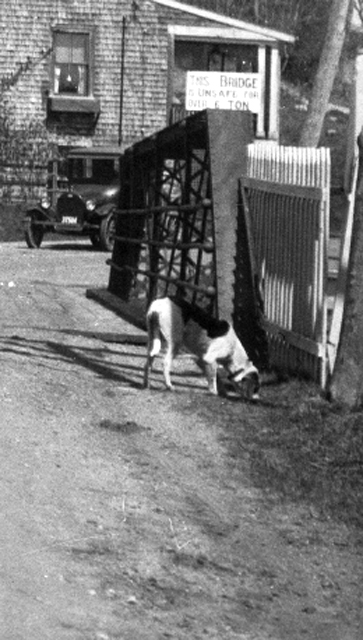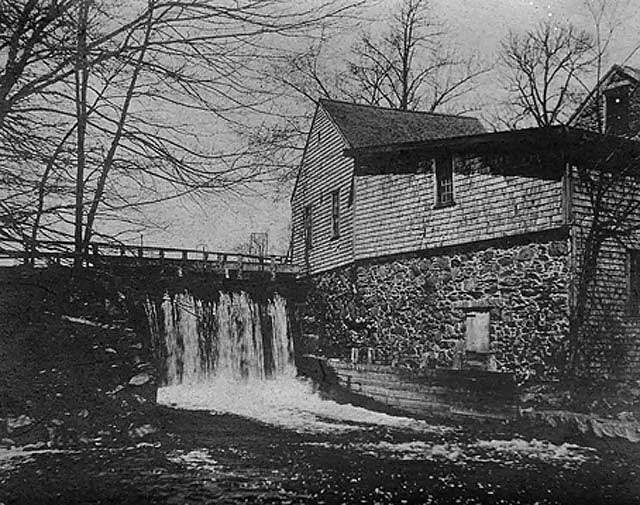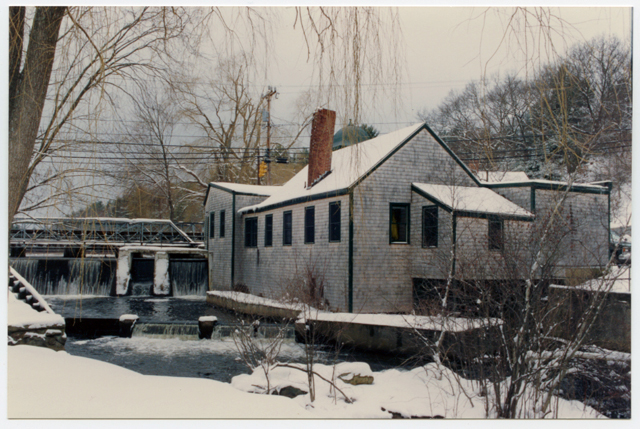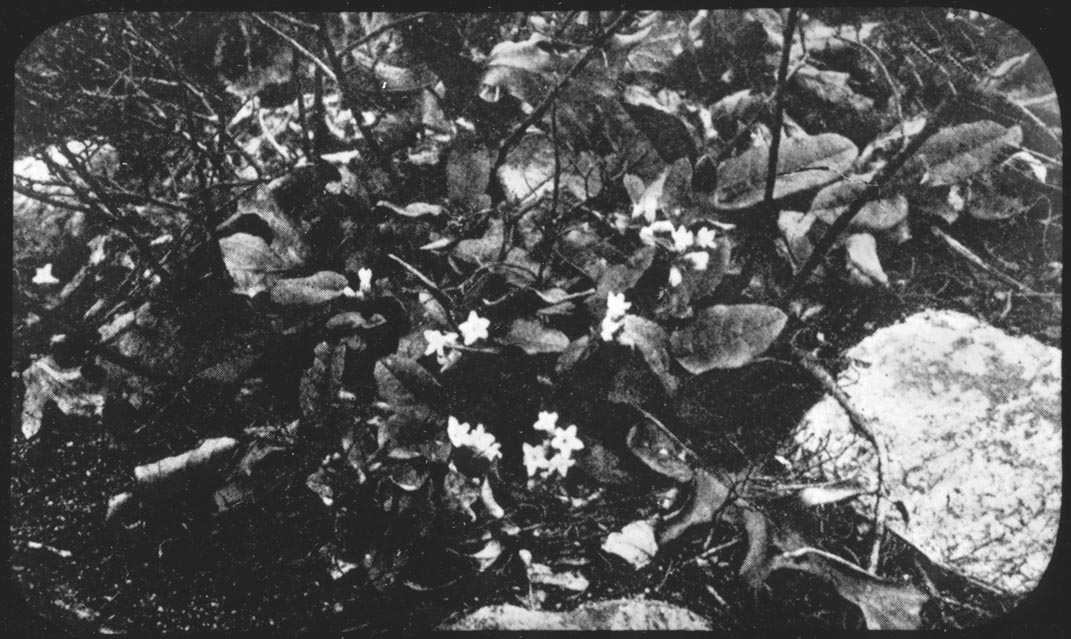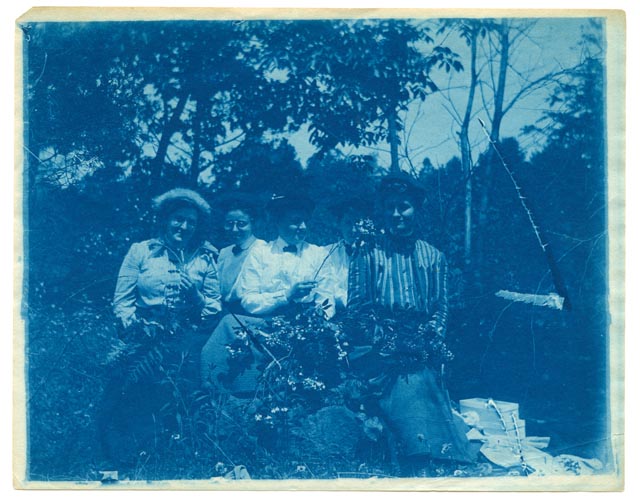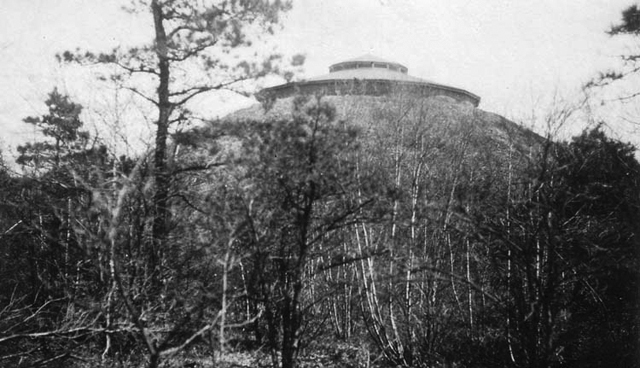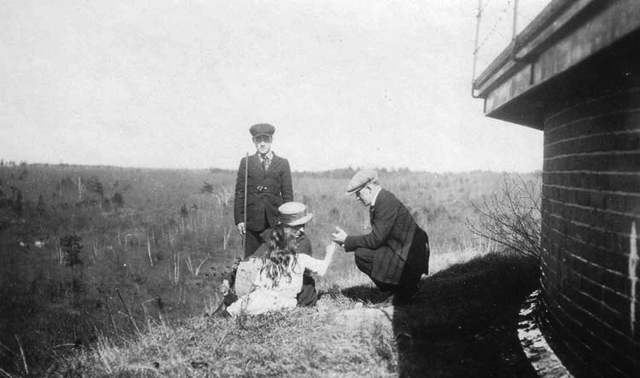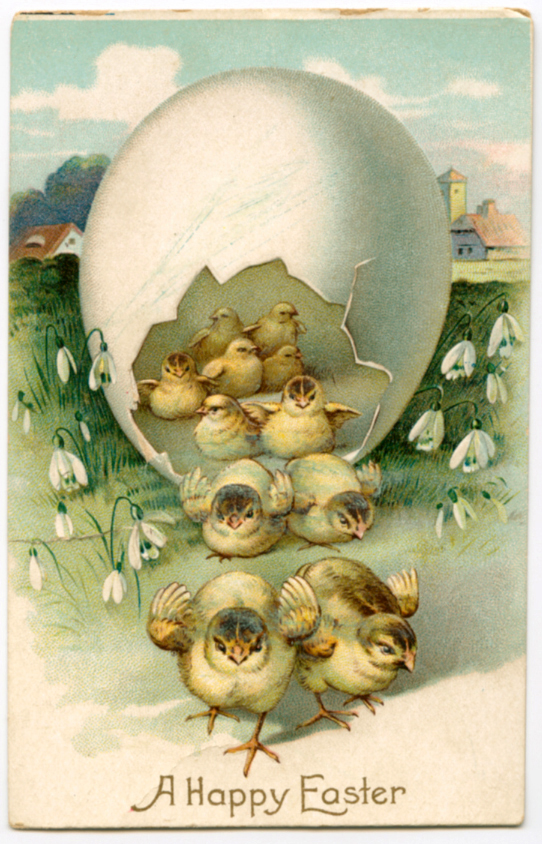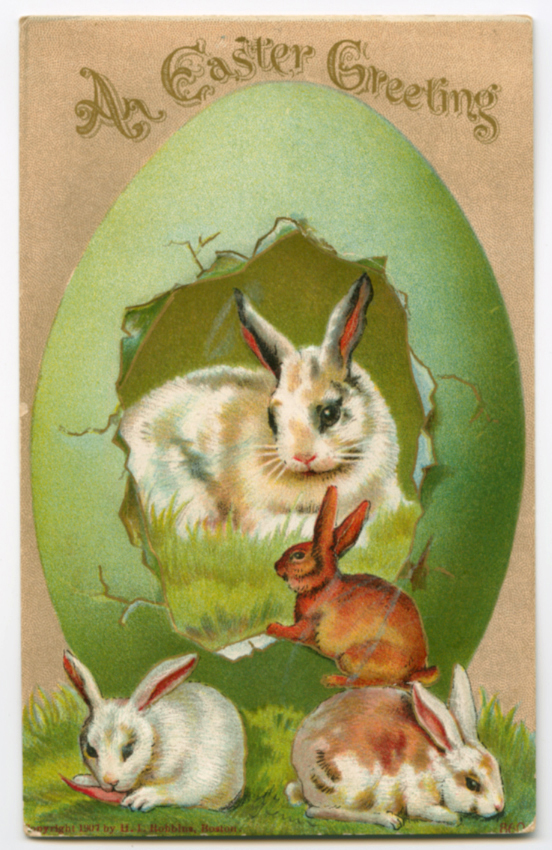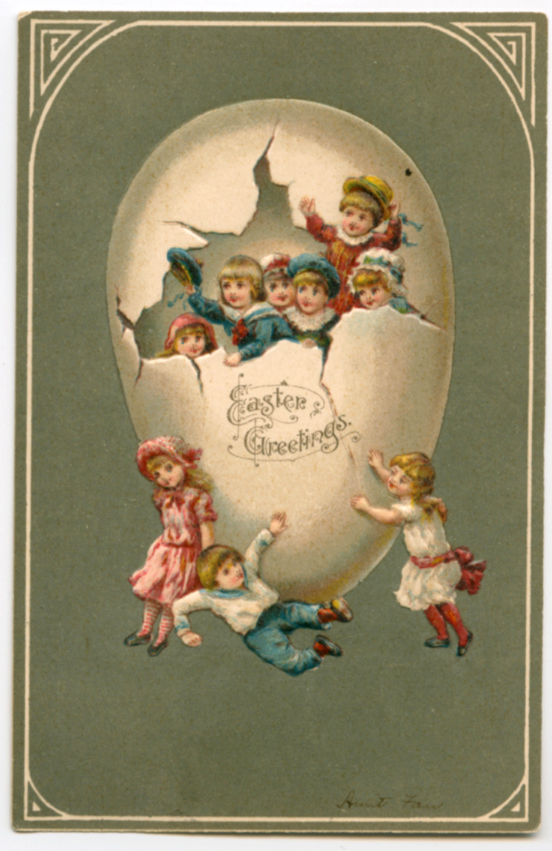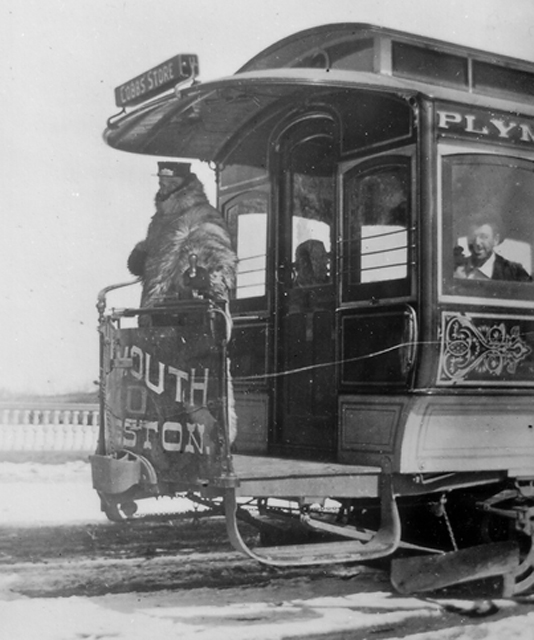
Kingston, Mass. Oct. 29th, 1896.
To the Selectmen –
Kingston, Mass.
Gentlemen: –
Is it not about time that some attention was given to the operation of the Plymouth & Kingston Street Railway and better accomodations demanded for the use of more than half the main highway in the town? The cars do not connect with the trains either one way or another and on the so-called local cars running between Cobb’s Store and Jabez Corner they demand two fares (ten cents) to ride the whole distance, about four miles, and give a check allowing you the privilege of waiting three quarters of an hour to take the next car for Kingston, which of course no one wants to do. If it does not pay to operate this end of the line let us have the rails removed and the street free for driving. It seems to me if a little severity is shown at first that the company will be more considerate in the future. I think their mottoes for our town are “Bleed the People” and “The Public Bedammed”.
[signed] Fred B. Cole
Source: Kingston Highway Department Papers, JRVHS Lantern Slides.
